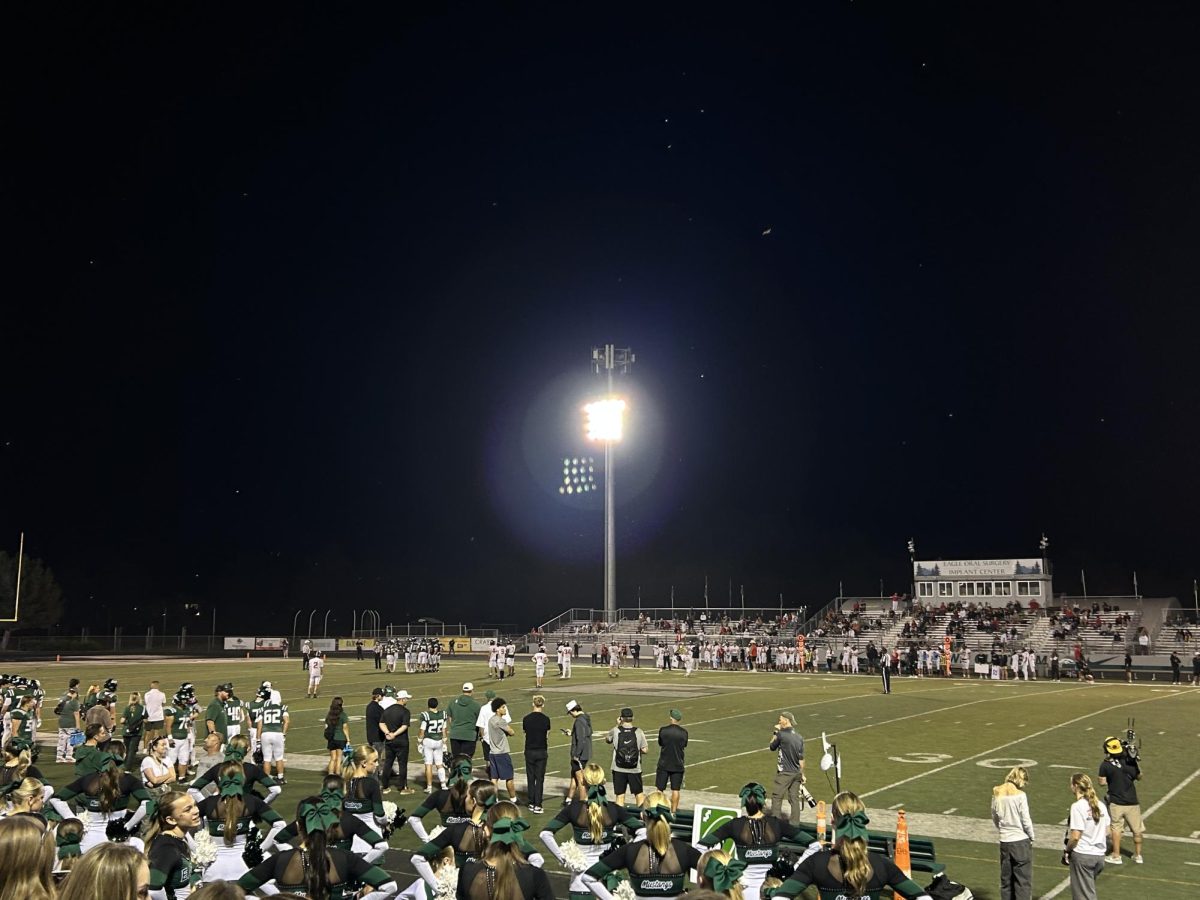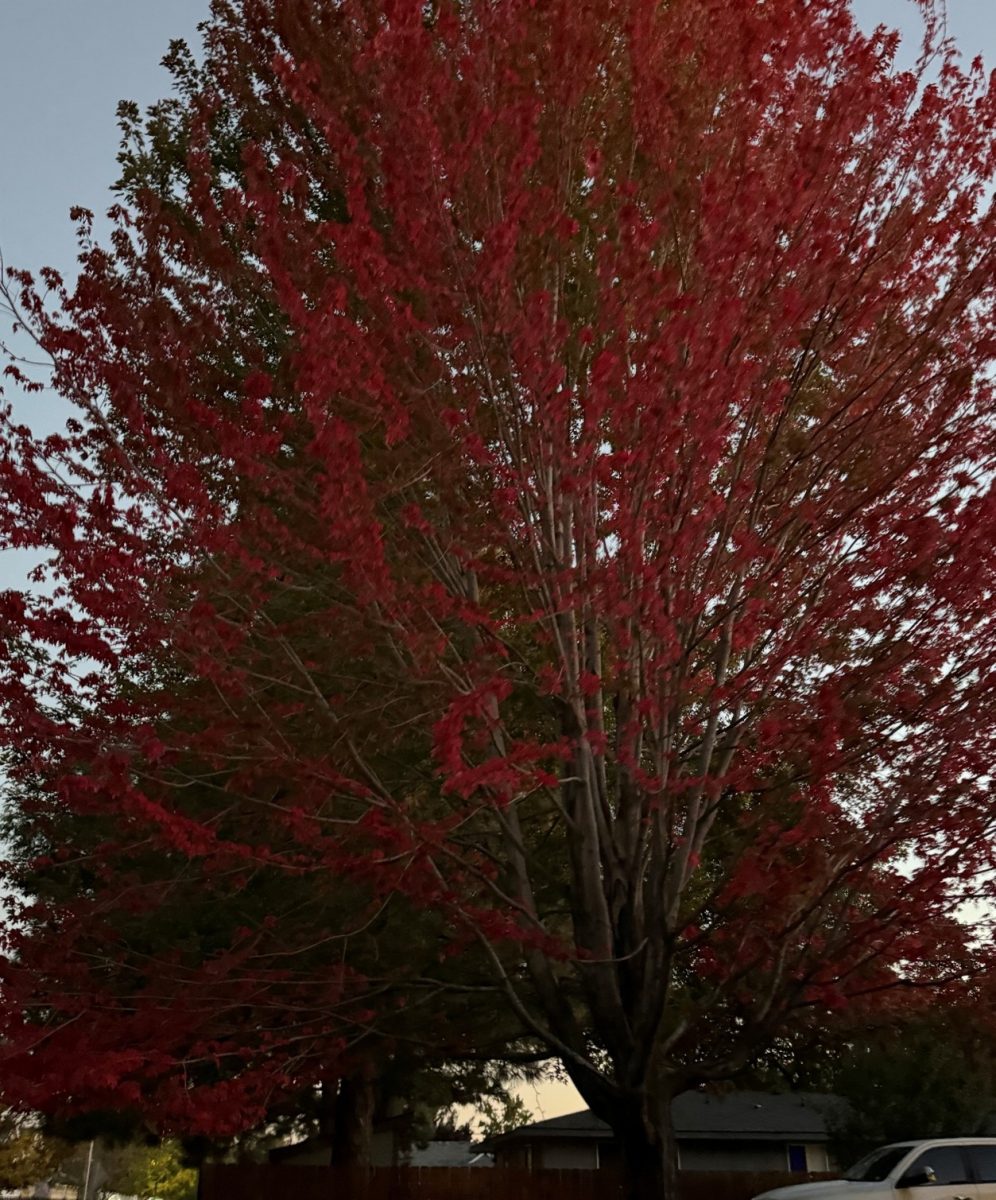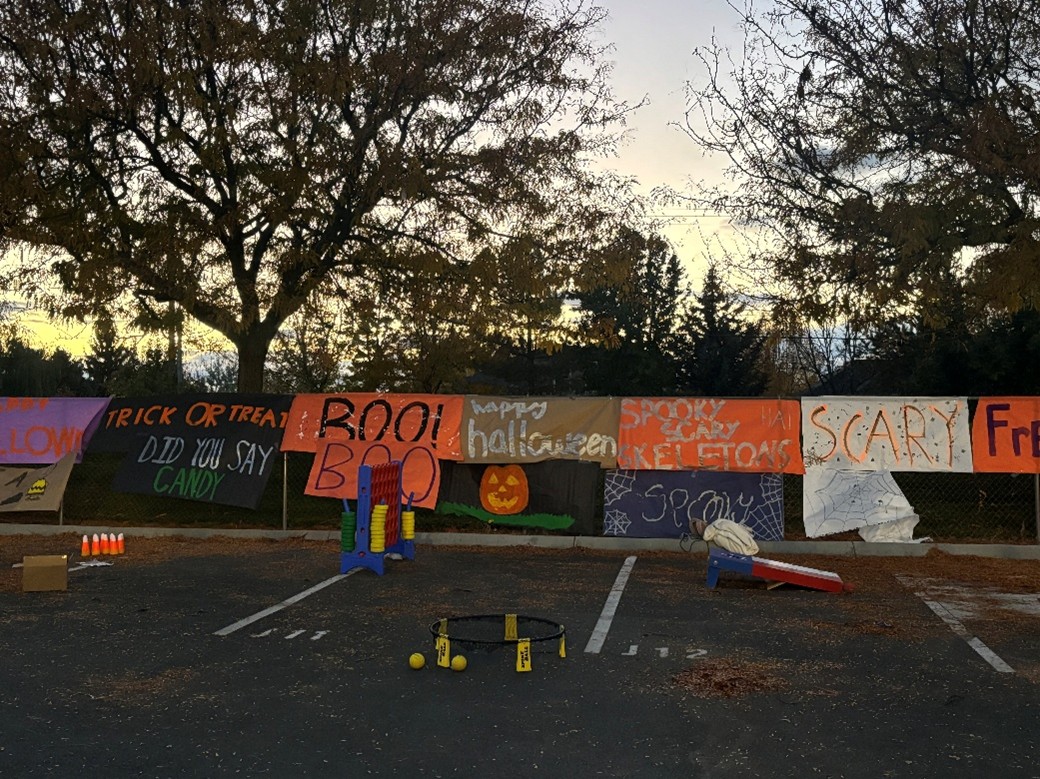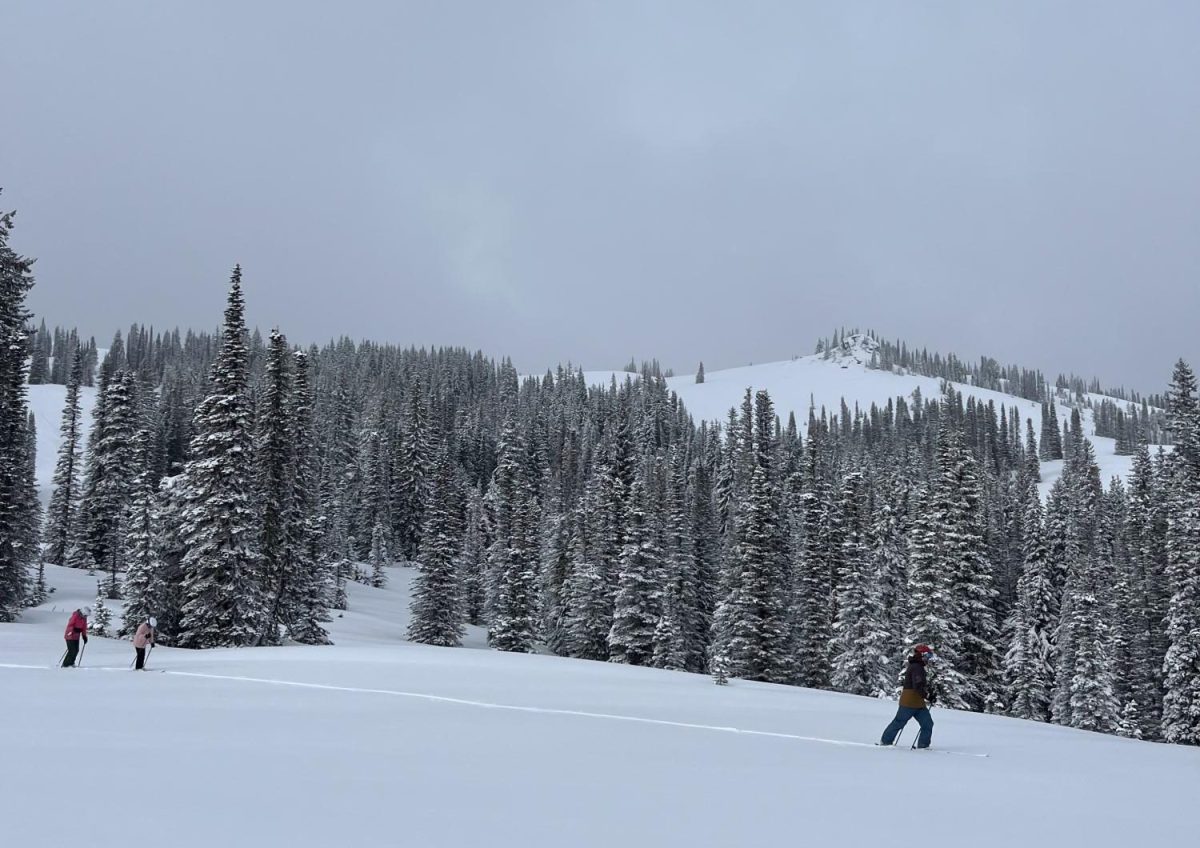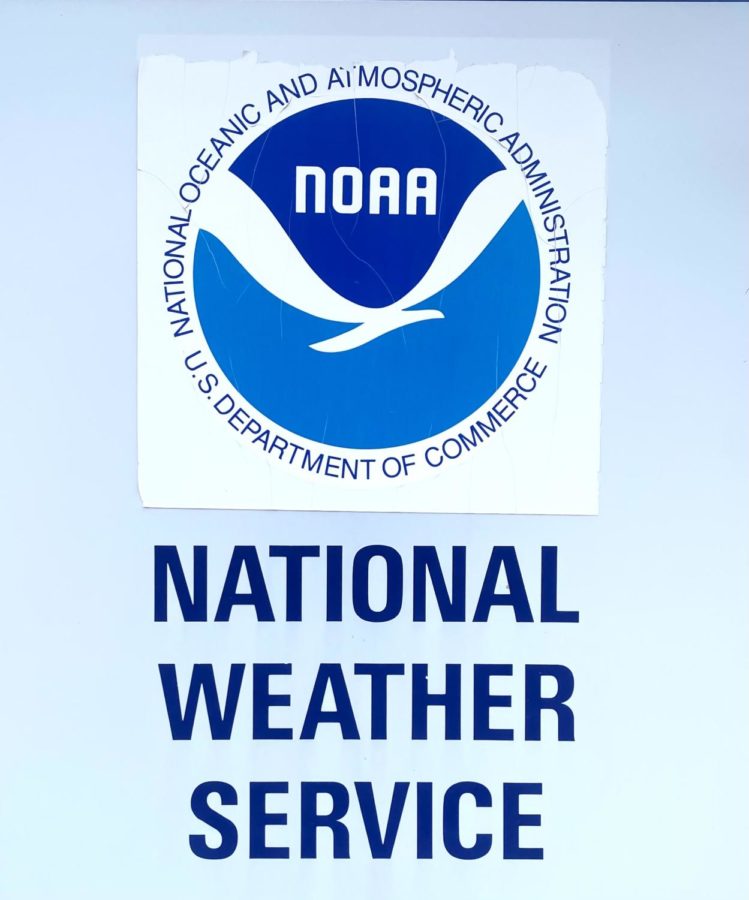The western United States has experienced an unusually late winter
The National Oceanic and Atmospheric Administration and the National Weather Service have issued many winter storms warnings for the west coast and Idaho recently.
Mar 17, 2023
This past February and March has seen an extreme weather phenomenon raging across the United States, creating unique conditions, as well as some destruction.
Winter storms, an uncommon feat for the west coast, struck during late February and March, bringing heavy snowstorms, strong winds and lightning storms.
California and the west were battered by blizzards and other storms which left snow in many unusual places, with eight inches of snow being recorded in San Bernadino, a city east of Los Angeles and typically has an average high temperature of 74 degrees during March, and an average low temperature of 47 degrees. On March 1, shortly after returning from his vacation in Mexico, Governor of California Gavin Newsom returned to a snowy California and declared a state of emergency in 13 California counties and called on assistance from the National Guard due to the unusual weather which resulted in flash floodings in major cities such as Los Angeles. Despite flooding, some citizens who live in mountain towns were entrapped for days on end without any food or working electricity due to the unprecedented snowfall which later turned to ice and entrapped people within their homes. So far, at least 12 people who live in mountain towns have died due to circumstances involving the weather.
However, this weather is not occurring just and along the West Coast. Idaho, specifically parts of the Treasure Valley, have also seen snow and record low temperatures during the month of March, which has been colder than average, with multiple snowfalls already.
“[It’s surprising] that it is snowing in March, and last year I don’t remember this much snow in March. It is also surprising to see snow in the morning before school,” said senior Jeff Nazario.
So far, 3.7 inches of snow have fallen in the Treasure Valley this March, which is much more than last year which saw zero snowfall in March, and instead had a total of three inches of snowfall during the months of April and May, according to the National Weather Service and the National Oceanic and Atmospheric Association.
It will be interesting to see if the Treasure Valley will see snow in late spring and early summer like last year, but so far Idaho and the rest of the west coast is off to a wet start.

